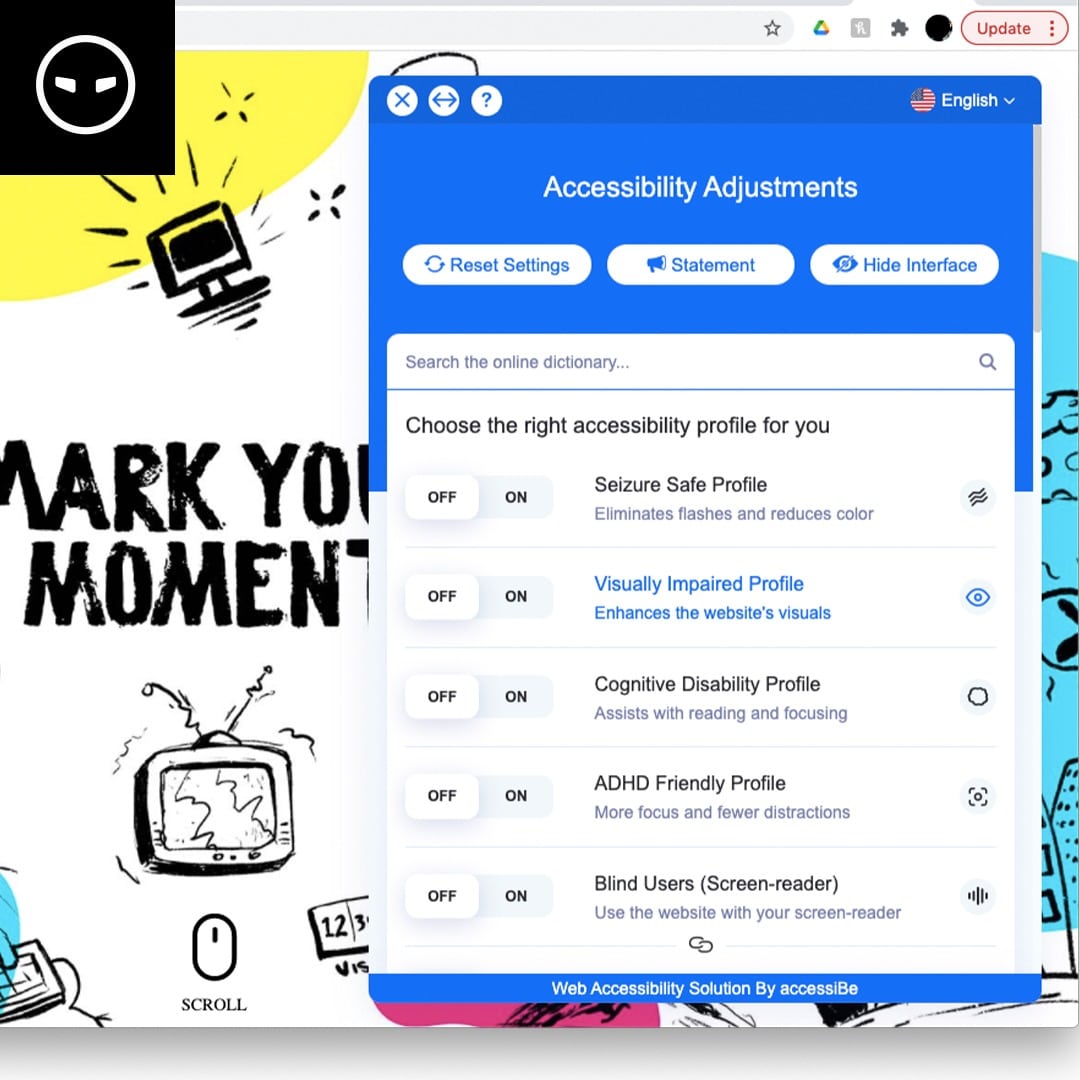As a business owner or entrepreneur, are you a bit overwhelmed or confused by the term "branding"?
As a business owner or entrepreneur, are you a bit overwhelmed or confused by the term “branding”? Have no fear! Kleurvision is here! In the marketing space, branding is one of those concepts that can appear to be a bit vague or even confusing, even for people who have studied marketing. In this piece, we are going to take a look at the question “what is branding?” and try to provide a clear answer with simple examples and explanations. But first things first – in order to understand the concept of branding, it is imperative that we know what products and brands exactly are…
The definition of a product:
“A product is the item offered for sale. A product can be a service or an item. It can be physical or in virtual or cyber form. Every product is made at a cost and each is sold at a price. The price that can be charged depends on the market, the quality, the marketing and the segment that is targeted. Each product has a useful life after which it needs replacement, and a life cycle after which it has to be re-invented.” – Economic Times
A product must be relevant to the current times, and provide a solution that customers’ have a need for. A product needs to be communicated, it should have a name and it must be adaptable in order to survive during trend waves, time, and change. So essentially, a product can be anything from a hotel stay, a case of soda, a chunk of time from a designer or maker, clothing, an educational course, fresh produce, a mattress, etc.
To showcase the example of how a product can play a key role in the process of branding, let’s explore the concept of selling grass seed.
Grass seed is a natural, recurring substance created by nature, and found almost anywhere in the world. It became a product the day that humans and organizations began growing it, harvesting it, and packaging it to sell in bags to people. But it looks, feels, and functions the same, whether in a prepackaged bag or picked from a field. So how can companies sell the same thing, and get customers to buy from them over another bag of grass seed from a different company when it’s all the same product? That, my friends, is what is called BRANDING.
The definition of branding:
“Branding is the promotion of a particular product or company by means of advertising and distinctive design.” – Oxford Dictionary
“The act of giving a company a particular design or symbol in order to advertise its products and services.” – Cambridge Dictionary
Both of these definitions used to be pretty accurate descriptions of branding – but the changing times, circumstances, technologies and mediums keep evolving, and branding has also had to evolve a bit further from these generic definitions.
Branding was (and still is) misunderstood by being reduced to its aesthetic component: visual identity. Many business owners are learning that a brand that sets them above the crowd encompasses so much more than your name, logo, design, packaging, color palette etc. Branding is important because it evokes emotions in your audience, has the potential to leave lasting impressions and memories, and allows your client base to have an understanding of what they can expect from your company. Remember, your brand is a way of distinguishing yourself from your competitors and it clarifies what it is you offer that makes you the better choice. Your brand is built to be a true representation of who you are as a business, and how you wish to be perceived, remembered, and embraced.
As times have changed, there are so many areas that are now used to develop a brand identity, including advertising/marketing, customer service, social responsibility, reputation, referrals, and visuals. All of these elements work in tandem to help create one unique and attention-grabbing profile.
Going back to our example of grass seed, you can consider your brand as the idea or image people have in mind when thinking about specific products, services, and activities of a company, both in a practical (e.g. “this grass seed is so hardy and sprouts really fast!”) and emotional way (e.g. “this grass seed is going to make my lawn beautiful!”). Therefore, it is not just the physical features that create a brand but also the feelings that consumers develop towards the company or its product. This combination of physical and emotional cues is triggered when exposed to the name, the logo, the visual identity, or even the message communicated. This is what we begin to call brand trust, and is where recurring business, referrals, and ROI really start to roll in.
With branding, your goal should be to attract and retain loyal customers who will give quality referrals and testimonials, as well as other stakeholders, by delivering a product that is always aligned with what the brand promises. This can be accomplished in a multitude of ways, including:
- Your brand guidelines/standardization and brand identity
- Your brand positioning statement – who you are, defined in a few words or a sentence
- Your advertising and marketing strategy, and communication methods
- Your sponsorships, partnerships, and affiliations
- The in-store experience, or customer experience, that your business provides, as well as the customer service you provide
- Your packaging design, client onboarding process, and client management processes
- Your pricing strategy
In summary, and in very simple words, here at KV we want to help you understand that a product is what you sell, your brand is the perceived image of the product you sell, and branding is the strategies you use to create that image. The choices out there, and the decisions to make around your brand and your business, and your products are limitless. Let’s sit down and talk about what this means to you and your company! Reach out to us today and let’s talk brand.



